Sea turtle, manatee season starts in Georgia, South Carolina
AUGUSTA, Ga. (WRDW/WAGT) - Sea turtle and manatee season is here, and have been spotted for the first time this spring in Georgia and South Carolina.
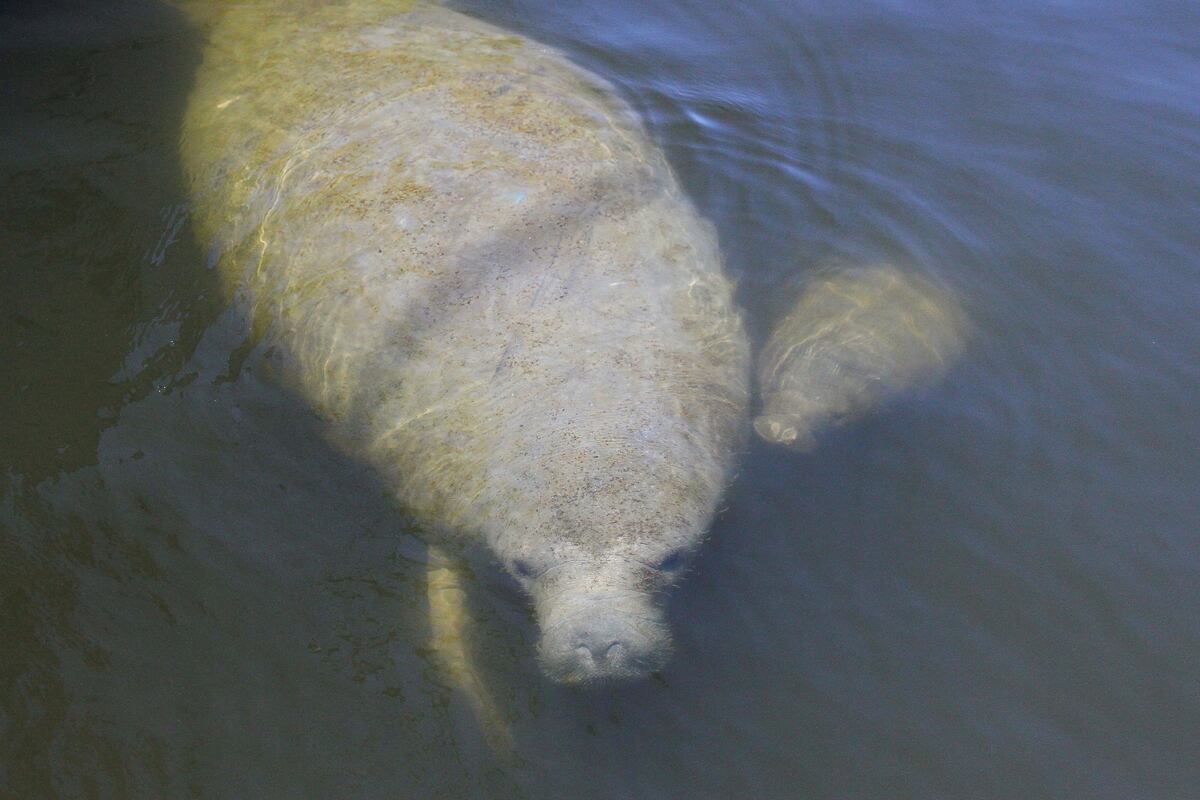
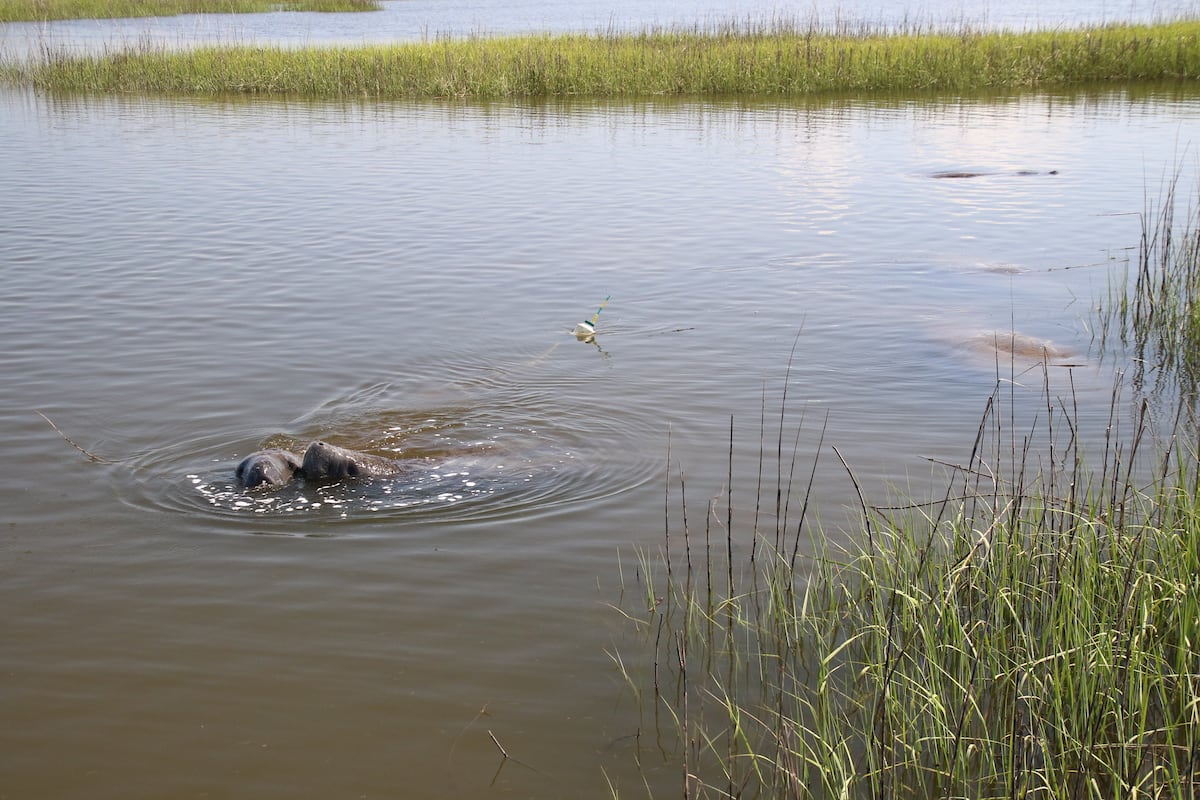
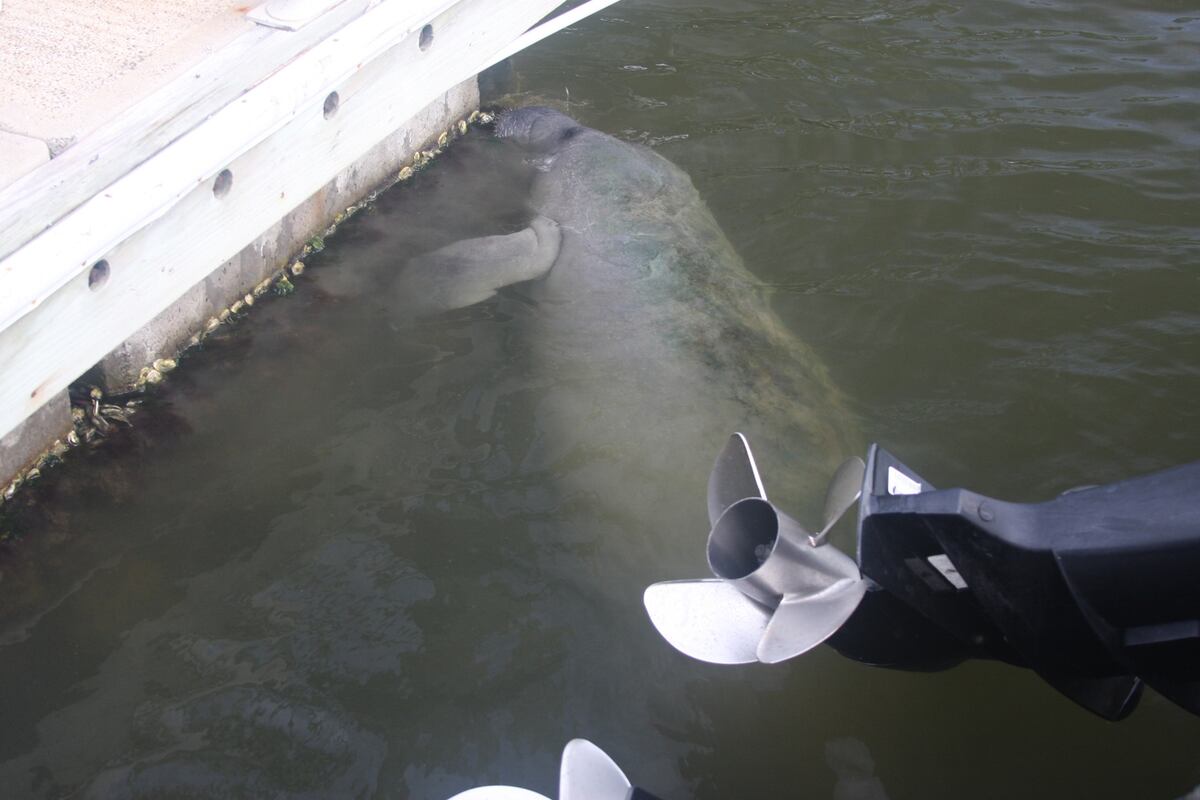
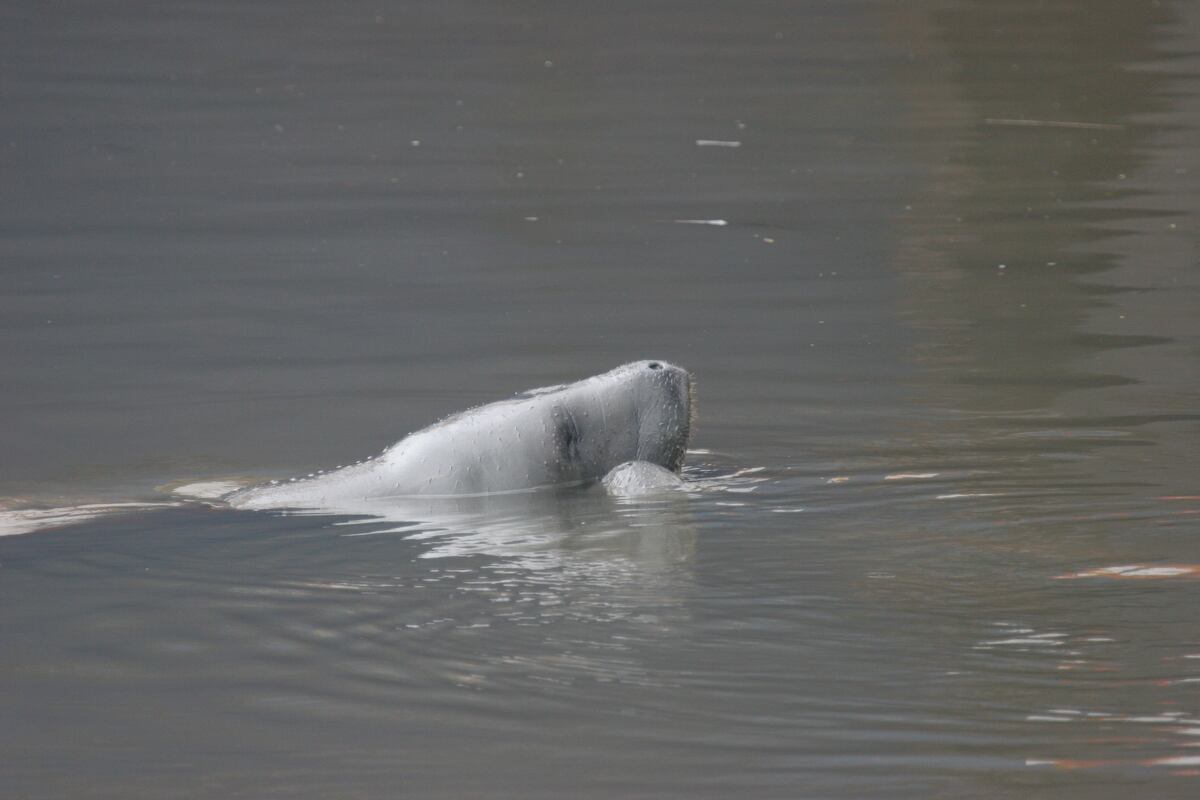
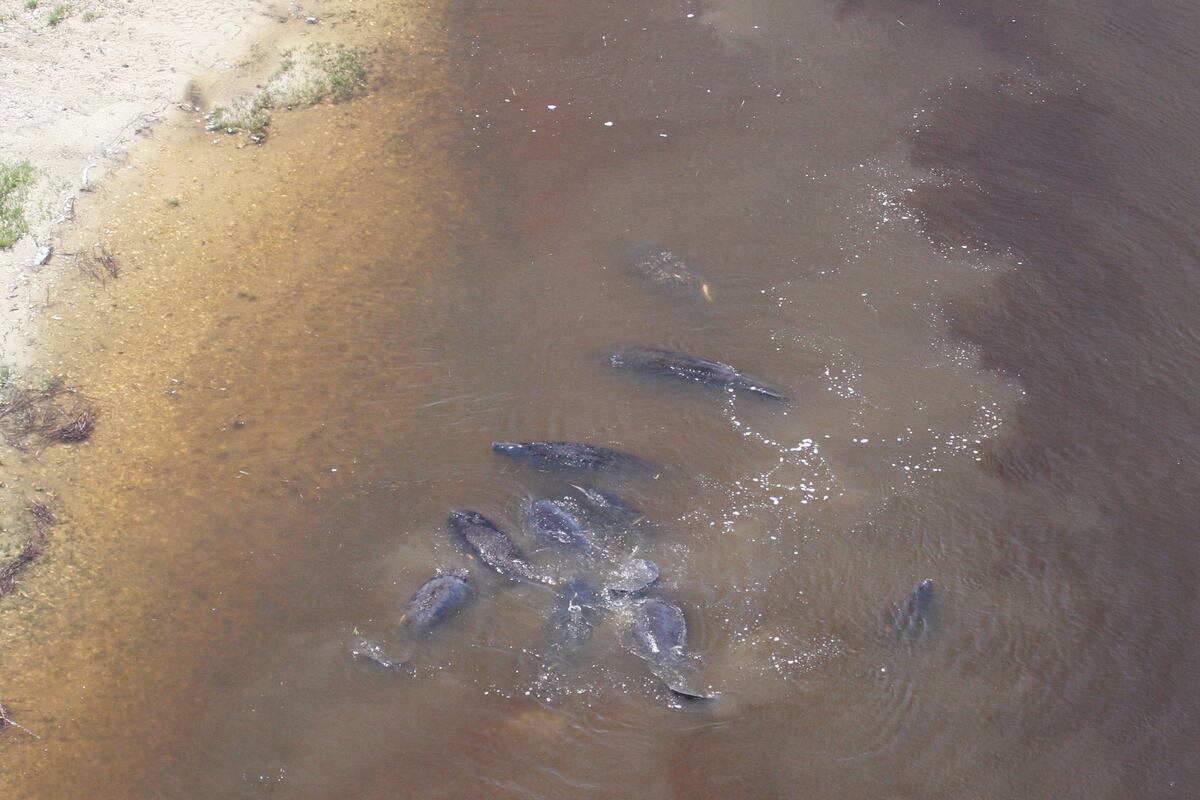
On April 11, in Brunswick, reports of sea turtles and manatee sightings are on the rise on Georgia’s coast and the Department of Natural Resources’ Wildlife Division is urging people to learn more about how to protect nature’s creatures but also to be on the lookout for the large, rare, and delicate animals.
Boat strikes are a leading cause of sea turtle strandings and manatee injuries and deaths. Manatees and all sea turtle species found in Georgia are protected by federal and state laws.
State Sea Turtle Program Coordinator Mark Dodd, a senior wildlife biologist with the Georgia Department of Natural Resources, emphasized that sea turtles are not limited to the ocean side of barrier islands.
He says, “They occur everywhere, not just in the ocean. They’re in the sounds, the estuaries, the tidal creeks.”
While nesting data indicates that federally threatened loggerheads are holding their own, boat strikes that kill or injure reproductive females are a significant threat.
Of the 78 dead or injured sea turtles found on Georgia beaches last year, almost 30 percent of those that could be assessed had suffered injuries consistent with being hit by a boat.
On May 3, the department reported that Georgia’s nesting season for loggerhead sea turtles started farther up the coast than usual, yet still at a most fitting spot: Blackbeard Island National Wildlife Refuge.
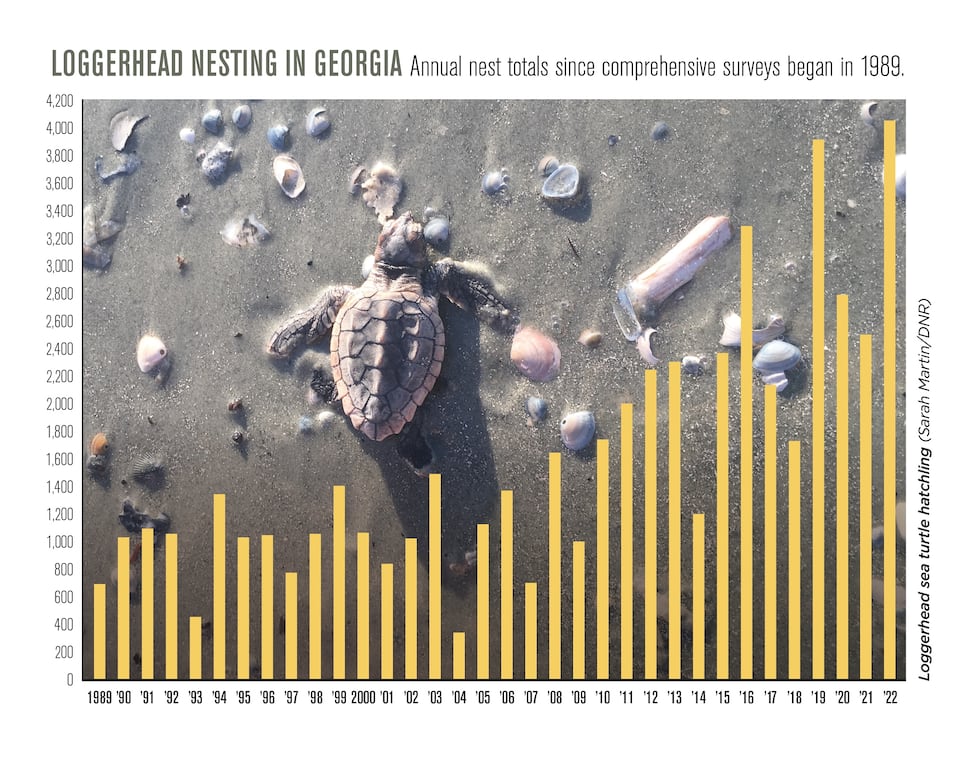
Manatees share a similar problem. These big, slow-moving mammals swim just below the surface, often putting them in harm’s way for oncoming boats. Watercraft collisions caused about a quarter of the manatee mortalities documented in the state since 2005.
West Indian manatees, including the Florida manatee subspecies found in Georgia, are protected under the Endangered Species Act, they are listed as threatened, and the Marine Mammal Protection Act.
Senior wildlife biologist Clay George of DNR’s Wildlife Conservation Section, says, “Manatees migrate from Florida to Georgia each spring, attracted by abundant marsh grass and other aquatic vegetation. Some move back and forth between the states through summer, until colder water temperatures in fall draw them south to Florida for the winter. But from as early as March and into November, manatees occur in all tidal waters throughout coastal Georgia.”
“Manatees feed on smooth cordgrass and other emergent vegetation that is abundant in our freshwater and brackish marshes. When manatees arrive in Georgia they have essentially unlimited food,” he says.
On May 3, in Charleston and Georgetown Counties South Carolina, biologists with the South Carolina Department of Natural Resources identified the first two sea turtle nests of the new nesting season.
The nests were discovered on Tuesday just one day after the official opening of nesting season.
This is the second year in a row that nests have been located on the second day of nesting season.
One nest was located in the Cape Romain National Wildlife Rescue on North Cape Island, and the second was found on South Island in the Yawkey Wildlife Center.
Officials say the two areas are home to the densest nesting of sea turtles but nests are found all across the coast.
Loggerhead turtle nests have been trending up over the past decade, but SCDNR Biologist Michelle Pate says the numbers aren’t where they need to be just yet.
“We’re optimistic, but nest numbers have not reached Loggerhead Recovery Plan benchmarks, and the species is not out of the woods just yet,” Pate said. “Long-term monitoring of these long-lived species needs to contin
ue to ensure current management continues to work.”
Loggerheads are generally the heaviest nesters in the state, but three other species also nest on South Carolina beaches. Greens, Kemp’s ridleys, and leatherbacks all make their nests on beaches in the Palmetto State. The four species are classified as endangered or threatened and are protected.
Tips on what to watch for in the coast’s murky waters differ:
- A “footprint” of swirls may mark a 9-foot-long manatee underwater.
- Manatees are often right along the edge of the marsh.
- A 300-pound loggerhead sea turtle may show only its head when it surfaces. Sea turtles spend more time on the surface in spring, putting them at greater risk of being hit by a boat.
What boaters, beachgoers can do in Georgia:
- Be vigilant
- Be ready to slow down or steer clear
- Boaters can lessen the risk they pose to manatees by heeding low-speed and no-wake zones, particularly around docks where the big mammals eat algae growing on the structures.
- Stick to the deeper channels when boating in tidal rivers and creeks.
- Boaters and others are also encouraged to report any dead manatees and sea turtles they see. If the turtle is tagged, include the tag color and number in the report if possible.
- Looking for manatees before cranking your boat’s motor.
- Using caution when navigating in shallow water and along the edge of a marsh. Manatees cannot dive away from boats in these areas.
- Wearing polarized sunglasses to reduce glare and make it easier to spot manatees below the surface.
- Watching for trails of large swirls in the water called footprints that may be caused by manatees diving away from the boat.
- Never feed or give fresh water to manatees or sea turtles. This could teach the animals to approach docks, putting them at greater risk of a boat strike.
- If you do run into a sea turtle or manatee, stand by and immediately the DNR at 800-272-8363. This provides biologists the best chance to help these animals and gather data useful in conserving them. Boaters will not be charged if operating their boat responsibly and the collision was an accident.
What boaters, beachgoers can do in South Carolina:
- Report all sick, injured, dead sea turtles and nest disturbances to the SCDNR at 1-800-922-5431 so that staff and volunteers can respond as soon as possible.
- Respect boating laws and boats cautiously, especially in small tidal creeks where sea turtles like to feed. Boat strikes have emerged as the leading cause of death for sea turtles in South Carolina.
- Keep artificial lights off the beach at night during nesting season – this includes beachfront property lights and flash photography, which can disorient nesting mothers and hatchlings.
- Always respect sea turtles by observing them from a distance on the beach. Individuals that violate federal law by harming or interfering with sea turtles or their nests can be subject to civil penalties of up to $25,000 and up to a year’s imprisonment.
- Keep beaches and oceans clean by avoiding single-use plastics. Plastic bags and balloons are among the most common trash items found on South Carolina beaches and can cause injury or death when sea turtles mistake them for food.
- Promote and the continued conservation of sea turtles in South Carolina.
To learn more about Georgia’s Department of Natural Resources’ Wildlife Division, or if you want to donate head over to the website.
Go to the website for more information about about South Carolina’s Department of Natural Resources.
Copyright 2023 WRDW/WAGT. All rights reserved.














